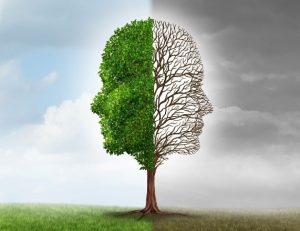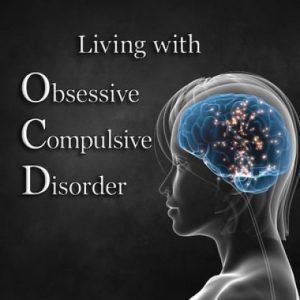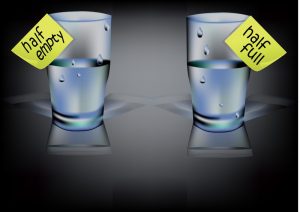The idea of self-care started with the Ancient Greeks and was defined as the act of loving yourself. The Ancient Greeks believed that the more you were able to love yourself, the more you were able to love others. Today, self-care is defined as an action that somebody takes and makes a part of their daily living to prevent illness and maintain both their physical and mental health.
One type of self-care is physical self-care. Examples of physical self-care are exercising regularly, eating healthier, wearing clothes that you like, getting a manicure/pedicure, getting your hair done, or going to the doctor when needed. Another type of self-care is emotional self-care. Activities that can be used to engage in this type of self-care are allowing yourself to experience your emotions without judgment, allowing yourself to cry, engaging in something that makes you laugh, or complimenting yourself. Psychological self-care is another type of self-care and some examples of this type are learning to (and being ok) with saying no, learning something new, or self-reflection. Spiritual self-care can apply to those who are religious as well as to those who are not. Volunteering, meditating, spending time in nature, and highlighting the non-material aspects of life are all activities that can help in taking spiritual self-care. The last type of self-care is professional self-care. This type of self-care can apply to both individuals who work and those who are in school. Examples of professional self-care can be allowing yourself time to converse with coworkers, taking breaks when needed, decorating your workspace, and finding a balance when it comes to workload. Implementing self-care in all of these aspects of your life is important for your overall health.
Now that you have a better understanding of what self-care is, why is it important? Implementing self-care has several benefits. Making self-care a part of your daily life can improve immunity, increase positive thinking, help you feel calm and relaxed, can help you manage stress, and can help in preventing depression, anxiety, unhappiness, low self-esteem, feelings of resentment, insomnia, heart disease, and various other physical and mental issues. If you have an illness or stress that already exist, it can also help you better manage living with that illness or stress.
Self-care can look different for everybody and while some activities are helpful to some, they may not be helpful to others. Now that you understand what self-care is and why it is important, it is time to figure out what self-care is going to look like for you. In the resource provided below, you can find a self-care assessment which offers effective strategies to maintain self-care and a self-care plan to help you implement self-care into your life.
written by Kayla Snavley






